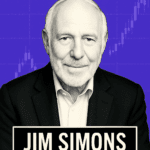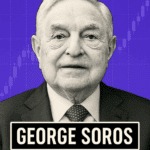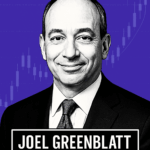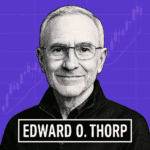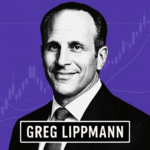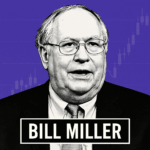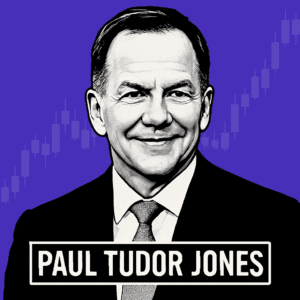
Think and Trade Like Paul Tudor Jones
Paul Tudor Jones is a legendary hedge fund manager known for his macroeconomic insights, disciplined risk management, and ability to profit from market turns. His trading approach emphasizes defense, emotional control, and strategic flexibility. Let’s explore how you can think and trade like Paul Tudor Jones, using his famous quotes and real-life examples from his trading career.
Jones focuses primarily on defensive trading. By setting clear stop-loss points and accepting that every position can be wrong, he effectively controls his downside. For example, during the 1987 crash, his defensive positioning resulted in significant profits while others suffered substantial losses.
Risk management is central to Jones’s philosophy. He emphasizes capital preservation as key to long-term success. This approach helped him preserve his fund’s capital during crises like the dot-com bubble burst.
Jones believes humility is crucial. Overconfidence can lead to disastrous trading decisions. He constantly evaluates his trades critically, keeping ego out of the equation.
Risk management defines Jones’s success. He continuously emphasizes the importance of controlling losses and managing trades with precision.
Jones avoids compounding losses by never averaging down on losing trades. He strategically adjusts his trading volumes based on performance, maintaining control at all times.
Jones’s ongoing pursuit of information and knowledge keeps him ahead of market movements. His thorough macroeconomic research helps him anticipate and act decisively on global trends.
Jones prioritizes price action and technical analysis, believing markets often reflect changes before fundamentals do. This approach allows quick adjustments and prevents emotional bias.
He advocates swift action to exit losing positions, thus minimizing psychological stress and financial damage. This disciplined approach helps maintain emotional stability.
Contrary to common trading wisdom, Jones successfully profits by carefully timing market turning points, demonstrating his strategic boldness and keen market sense.
By assuming he might always be wrong, Jones stays vigilant and ready to adapt quickly, minimizing his potential losses.
Avoiding ego-driven decisions and excessive trading, Jones protects his capital and maintains discipline.
Jones believes emotional well-being impacts trading performance, and he swiftly removes losing trades to maintain mental clarity.
Jones acknowledges trading’s inherent volatility, emphasizing emotional resilience as a necessity.
Control and risk management are paramount for consistent success.
Jones targets trades with favorable risk-to-reward ratios, ensuring that even frequent mistakes don’t undermine his overall performance.
He takes a macroeconomic view of global markets, leveraging understanding of capital flows to make informed decisions.
Recognizing market conditions helps Jones adjust his strategy appropriately.
Jones avoids emotional trading by staying objective and adhering strictly to his trading rules.
Applying Jones’s Wisdom in Your Trading:
- Prioritize Risk Management: Clearly define your risk before entering any trade.
- Maintain Emotional Neutrality: Avoid ego and emotions in trading decisions.
- Strategic Flexibility: Adjust swiftly to market shifts and new information.
- Continual Learning: Always seek more knowledge and market insights.
Paul Tudor Jones’s trading approach teaches that disciplined risk control, emotional management, and strategic boldness can significantly enhance your trading success. Adopting his mindset and methods can help traders navigate volatile markets effectively, ensuring consistent profitability.
